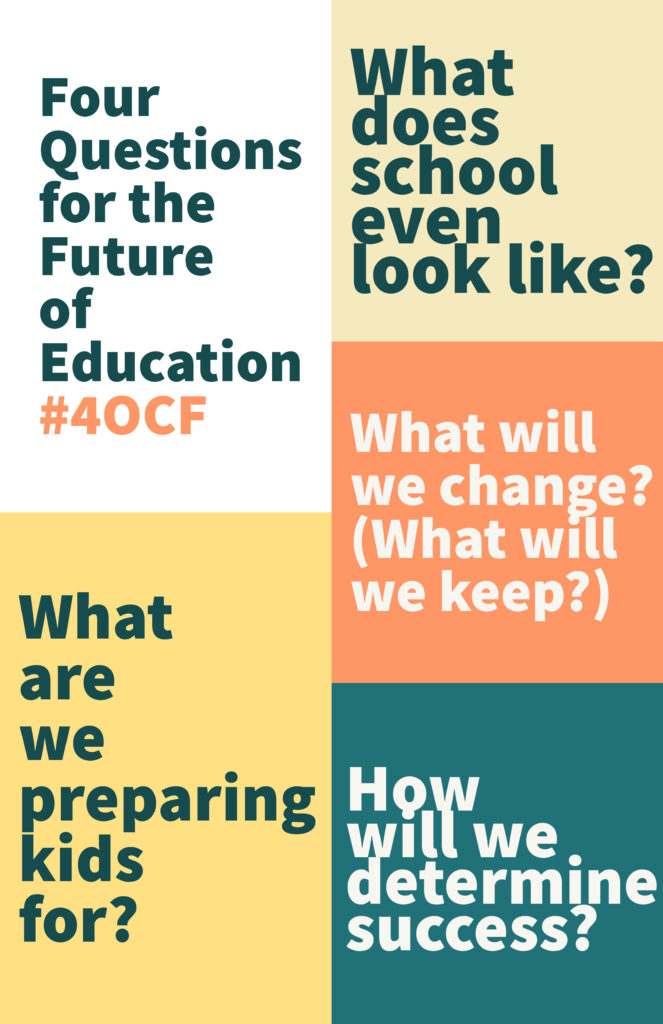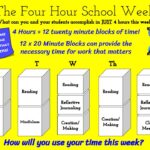What are we “preparing” kids for?
Ask any teacher what they are preparing students for and you will get a variety of answers.
“I’m preparing them for middle school.”
“I’m preparing them for college and career.”
“I’m preparing them for third grade.”
“I’m preparing them for life as an adult.”
“I’m preparing them to be good citizens.”
Lots of answers. Lots of preparation.
The variety of answers means that it is unclear what we are preparing students for, if we are preparing them for anything at all.
We must have a clear answer to this question to know exactly where education is going.
What does “school” even look like?
Right now, school looks much different than it did just twelve months ago. The global pandemic has upended everyday life, and schools have become one of the societal foundations that has been shaken to the core. We’ve now had to question what school actually looks like.
Can everyone learn in a remote setting? What about a Hybrid model? How do students learn in a blended model? Is “school” as we are currently operating helping or exacerbating our problems?
With many more questions than answers, this model of “school” may not be sustainable and equitable for all.
What will we change? (What will we keep?)
While this situation continues to baffle education experts, we are also learning a great deal about what’s important in education. We are learning new ways of doing things, but also desperately clinging to everything that we know in education.
This situation is going to force us to change. It will ask us to reassess priorities, and adapt to new models while banishing outdated practices. Traditions die slow painful deaths.
What should we keep? What should we push to the side? Those who figure this out and convince others to go along will be the ones who successfully march us into the future of education.
How will we determine “success?”
We are exerting tremendous effort right now to make sure that the system is working. The question remains: Is it actually working right now? Are we successful?
It is too early to tell what this period in our school history has done to a generation of students. Are there long lasting effects that we are not seeing?
We used to measure “success” with tests scores and graduation rates. Many of us know that these may not be the measures of success we are looking for. If the graduation rates do not indicate success, how do we determine what success looks like? It’s a question that must be answered to ensure that education is still meaningful and relevant for our students.
How would you answer any of these four questions? Share your answers at #4OCF. Let’s start a conversation about what the future of education looks like.
Rich




